Australia's vast and sparsely populated remote regions have long faced challenges in maintaining reliable telecommunications infrastructure. The sheer size of the country, combined with harsh environmental conditions, creates unique obstacles for delivering consistent mobile and internet connectivity to rural communities, mining operations, and indigenous settlements. While urban centers enjoy high-speed networks, many remote areas still struggle with patchy coverage or complete signal blackspots that impact daily life and economic opportunities.
The geography of Australia plays a significant role in complicating signal distribution. Mountain ranges, dense bushland, and extreme weather patterns frequently interfere with transmission towers. Unlike compact European nations where a single tower can service multiple towns, Australian providers must install far more infrastructure to cover equivalent populations. This creates substantial financial disincentives for private telecom companies to invest in these regions without government subsidies or intervention.
Seasonal variations further exacerbate connectivity issues. During wet seasons in northern Australia, floodwaters can physically damage infrastructure or render maintenance impossible for months. Dust storms in central regions clog equipment and degrade signal quality. These environmental factors require specialized, ruggedized hardware that withstands temperature extremes and requires less frequent servicing - all of which drives up deployment costs.
Indigenous communities often bear the brunt of poor connectivity. Many remote Aboriginal settlements rely on satellite phones or intermittent mobile signals for essential services like telehealth consultations and distance education. When signals drop out during important medical calls or school lessons, it reinforces the disadvantages faced by these populations. The digital divide between urban and remote indigenous Australians continues to widen as more government services move exclusively online.
Mining and agricultural enterprises have taken matters into their own hands in some regions. Large mining operations frequently install private microwave networks or satellite systems to maintain operations and worker safety communications. Some pastoral stations have pooled resources to build community towers. However, these solutions remain inaccessible to most individuals and smaller businesses lacking capital for infrastructure investment.
The Australian government has launched several initiatives to address these challenges, including the Mobile Black Spot Program and Regional Connectivity Program. These schemes provide funding for new base stations and infrastructure upgrades in underserved areas. While these programs have connected thousands of previously isolated Australians, critics argue the piecemeal approach fails to deliver comprehensive solutions. Many funded towers only cover small population centers, leaving surrounding areas and travelers on remote highways without service.
Technological innovations offer potential breakthroughs for remote connectivity. Low Earth Orbit (LEO) satellite constellations like SpaceX's Starlink are changing the game for some remote users, providing faster speeds than traditional geostationary satellites. However, high equipment costs and data pricing remain prohibitive for many. Researchers are also testing long-range wireless solutions using TV white space spectrum - the unused frequencies between television channels - which can travel farther than conventional mobile signals.
Emergency communications represent another critical concern in remote signal coverage. Bushfire seasons increasingly demonstrate how vital reliable communications become during disasters when traditional infrastructure fails. New satellite-based emergency devices like personal locator beacons have saved numerous lives, but broader emergency communication systems require ongoing investment and maintenance to remain effective across Australia's diverse terrain.
The economic implications of poor regional connectivity extend nationwide. Agricultural exporters lose competitive advantage when they cannot access real-time market data or logistics systems. Remote tourism operators struggle to attract visitors who expect constant connectivity. Even domestic supply chains suffer inefficiencies when trucking routes include long stretches without communication capabilities. These cumulative effects ultimately impact Australia's overall productivity and global trade position.
Cultural and social dimensions of connectivity gaps often go overlooked. Remote residents describe feeling invisible to policymakers and disconnected from national conversations. Simple acts like streaming educational content, participating in video calls with distant family, or accessing online banking become frustrating or impossible. This isolation contributes to mental health challenges and accelerates youth migration to cities, further depopulating regional areas.
Future solutions will likely require hybrid approaches combining various technologies. Fiber optic cables along major transport routes could backbone regional networks, supplemented by fixed wireless and satellite services. Microgrid power solutions must accompany communications infrastructure in areas without reliable electricity. Perhaps most importantly, planning must involve genuine consultation with remote communities rather than imposing top-down solutions that may not address local needs.
As Australia continues to develop its digital economy, the persistent connectivity gaps in remote regions represent both a challenge and opportunity. Bridging this divide will require sustained investment, innovative thinking, and recognition that reliable communications have become essential services - no matter how far one lives from capital cities. The solutions implemented may eventually serve as models for other large, sparsely populated nations facing similar challenges in connecting their remote communities.

By Grace Cox/Apr 14, 2025

By Emma Thompson/Apr 14, 2025

By Daniel Scott/Apr 14, 2025
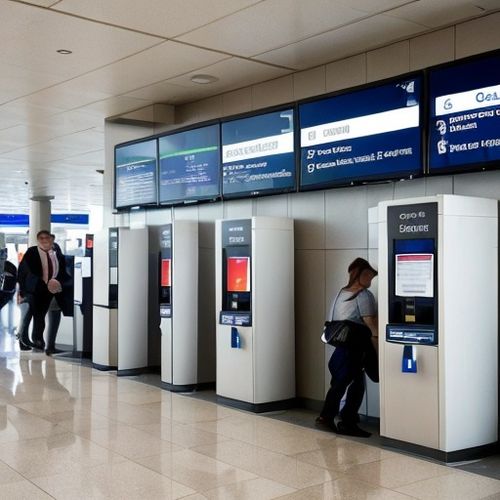
By Rebecca Stewart/Apr 14, 2025

By Emily Johnson/Apr 14, 2025

By Megan Clark/Apr 14, 2025
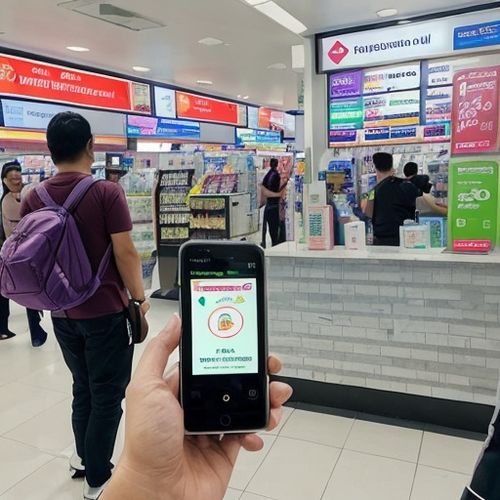
By Emma Thompson/Apr 14, 2025

By Grace Cox/Apr 14, 2025
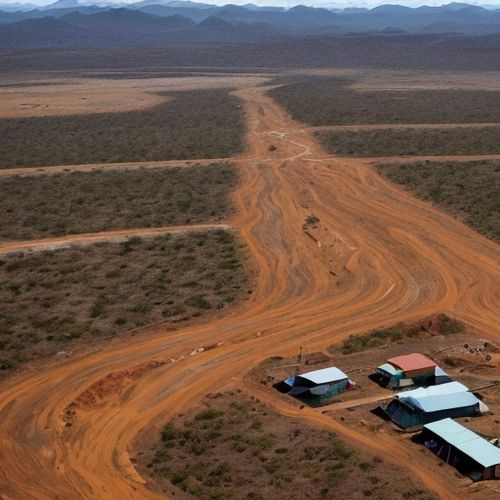
By Christopher Harris/Apr 14, 2025
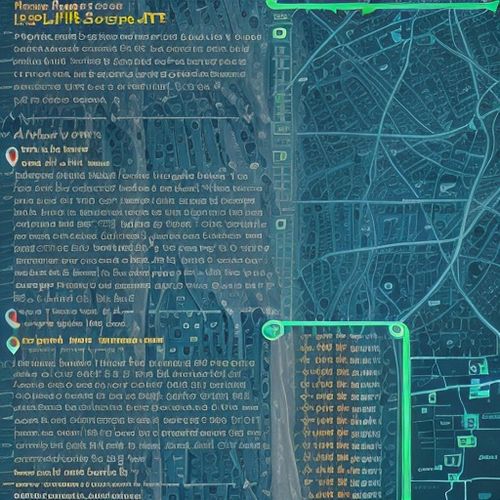
By Joshua Howard/Apr 14, 2025
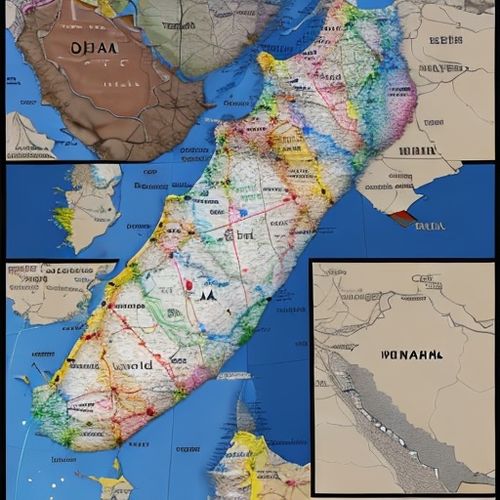
By Noah Bell/Apr 14, 2025

By Grace Cox/Apr 14, 2025
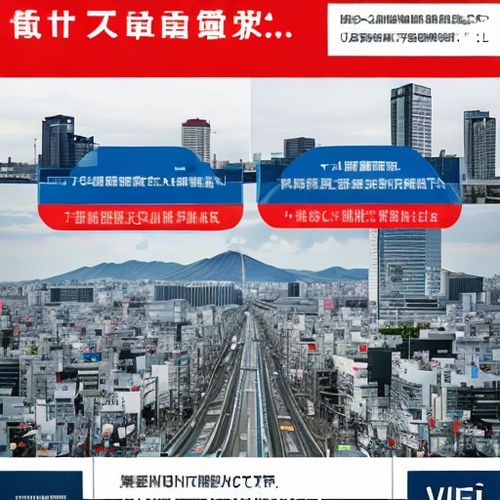
By Joshua Howard/Apr 14, 2025

By Victoria Gonzalez/Apr 14, 2025

By Grace Cox/Apr 14, 2025

By Christopher Harris/Apr 14, 2025

By Lily Simpson/Apr 14, 2025

By Laura Wilson/Apr 14, 2025

By Michael Brown/Apr 14, 2025

By Noah Bell/Apr 14, 2025